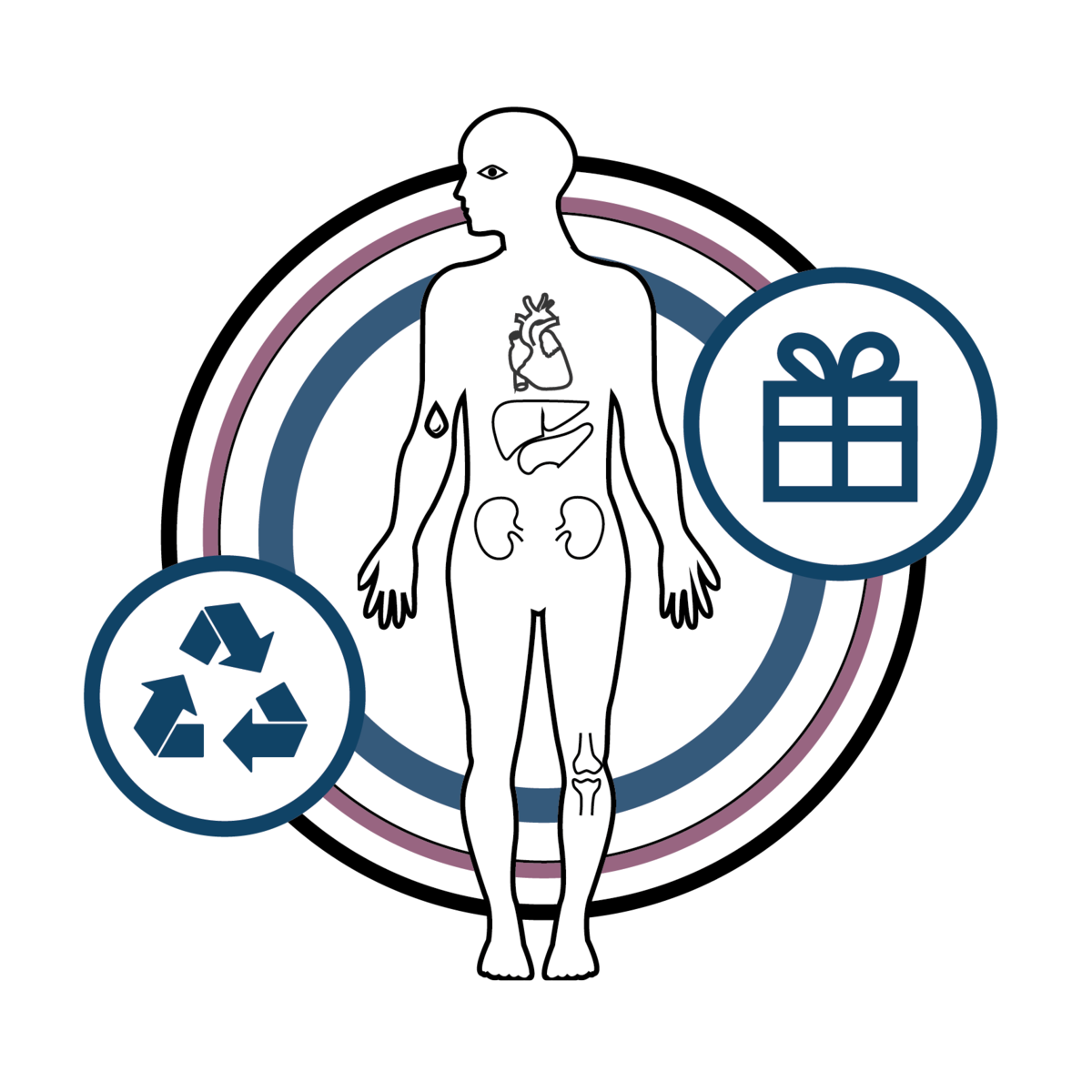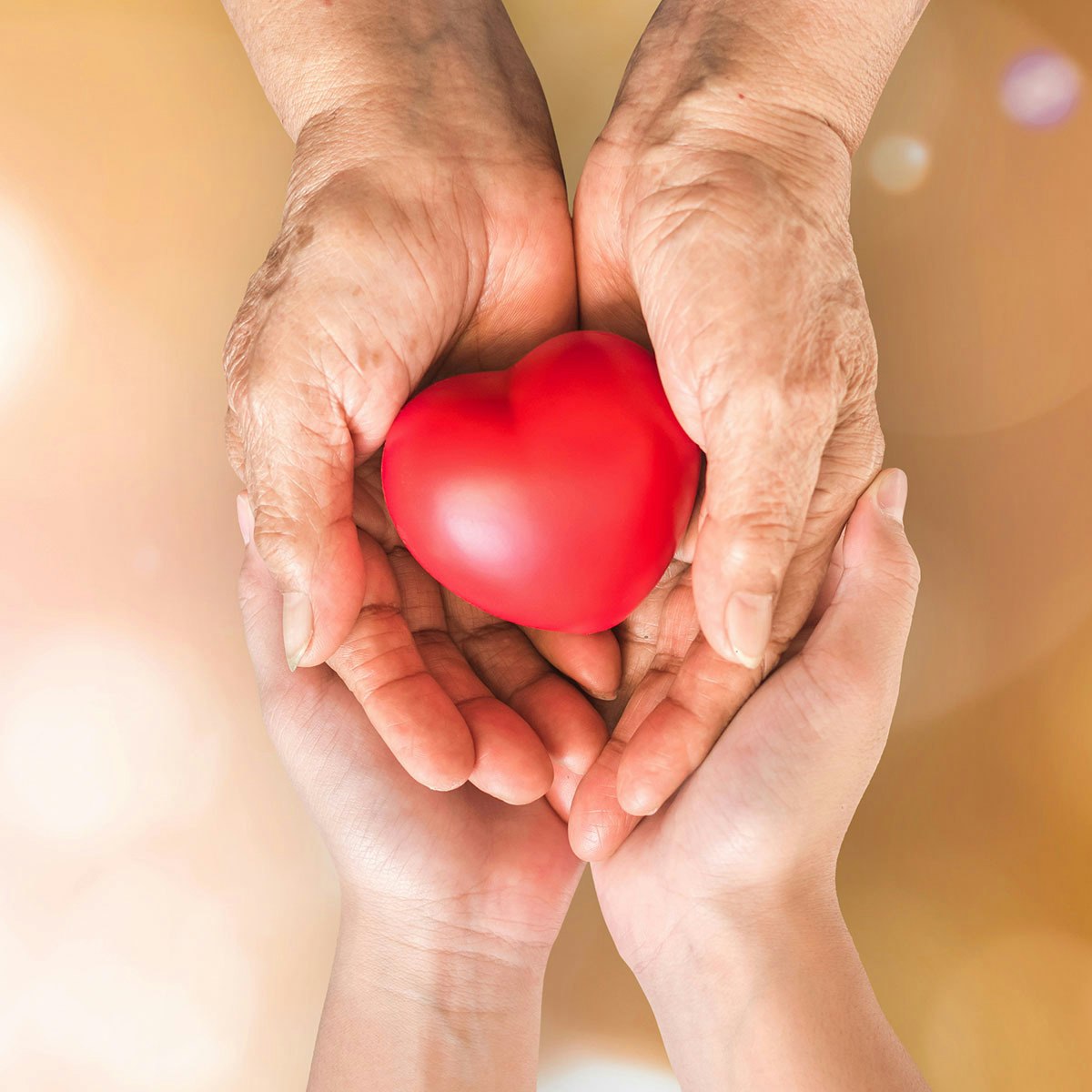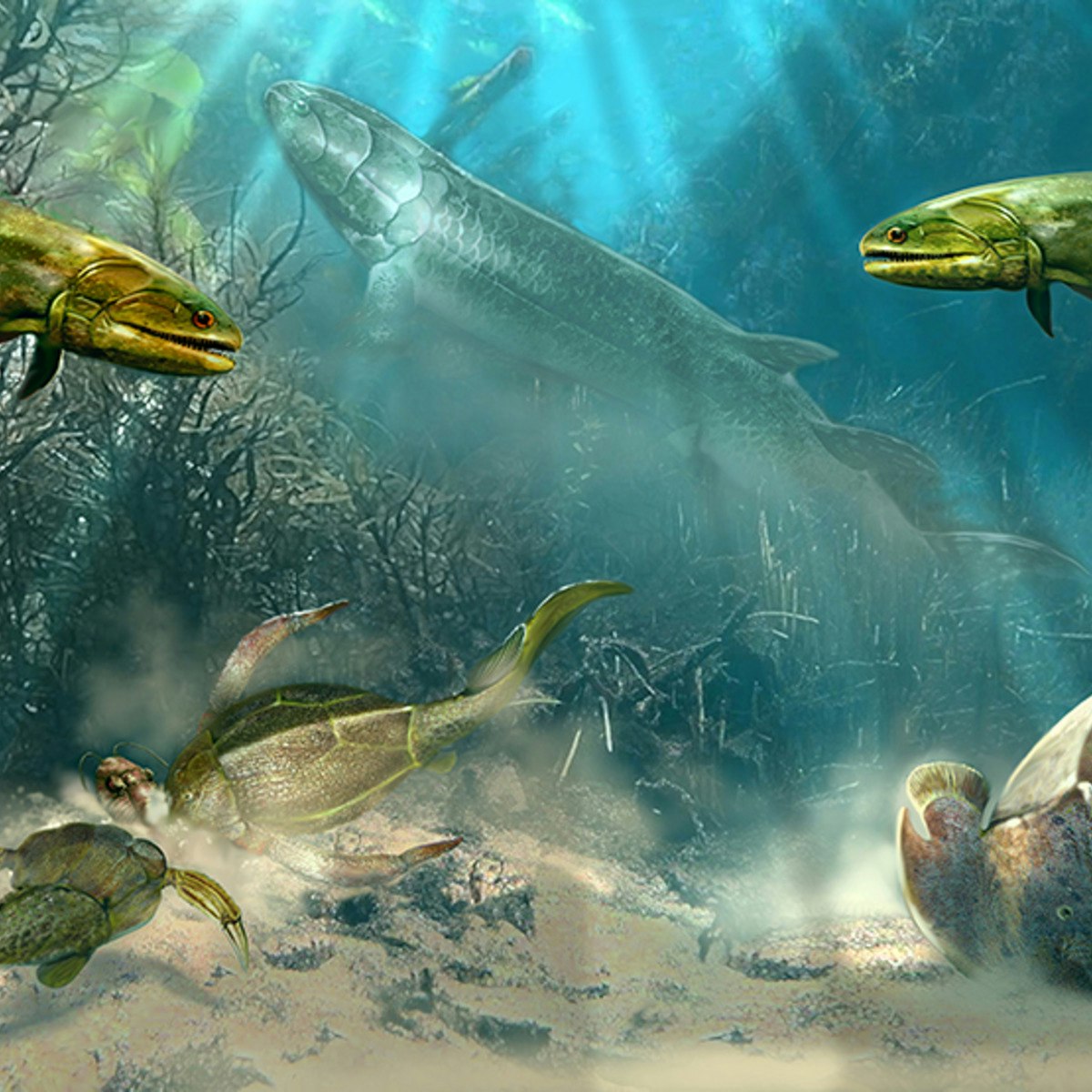Back to Courses









Life Sciences Courses - Page 46
Showing results 451-460 of 644

Organ Donation: From Death to Life
Considering someone for organ and tissue donation at the end of life is complicated. The boundary between life and death is more complex than ever before and it falls to medical professionals to help clarify a situation at an often confusing and emotionally stressful time.
In this course you will learn about the science behind death determination and when it is possible for deceased organ donation take place. The lectures will cover medical standards at the end of life - from brain death testing, to requesting informed consent from a grieving family. By improving knowledge of good ethical practices, cultural and religious considerations and the logistics of the organ donation process this course will empower the interactions and discussions of medical professionals and the general public at an often confusing time.
This course will help you to ensure that the option of organ donation is compassionately explored in all appropriate situations at the end of life in the best way possible.
Watch the course trailer here https://www.youtube.com/watch?v=Ak-kVtmZGRs
The course is certified for continuing professional development (CPD) points in South Africa. Send your completion certificate to organdonation@uct.ac.za together with your HPCSA number for 25 general and 5 ethics points.
For another interesting course on organ donation and transplantation, see Clinical Kidney, Pancreas and Islet Transplantation from Leiden University https://www.coursera.org/learn/clinical-kidney-transplantation

Tobacco Control: Agile Policy, Research and Practice
This course teaches you about the global health harms caused by tobacco and the efforts underway to combat these. You'll analyse the strategies and tactics used by the tobacco industry, and their allies, to keep people buying their products, and you'll reflect on the role played by public health research in pushing back against this pressure with the ultimate aim of improving health.
No matter your previous experience in this area, by the end of this course, you'll be able to describe the global harm to health caused by tobacco use and how policy is responding to this. You'll also be able to critique tobacco industry strategies that undermine tobacco control and discuss ways in which robust and timely research in strengthening tobacco control is key to policy and practice.

Lactation Biology
Lactation and especially milk, which is the product of that unique mammalian process, are routinely encountered within our daily lives. Nevertheless, they often are poorly understood by many, even including many who are engaged in the business of producing milk. The overall course goal is to introduce fundamental concepts that form the basis for understanding the biology of lactation, the biology of the mammary gland, and the products of that important physiological process.
As a learner in this course, you will be provided with a series of easily understood presentations that collectively will help you build a foundation for greater understanding of lactation. You will be able to engage with other learners so that you can extend your learning beyond the video presentations. Ultimately, you will be able to construct your own mental model for understanding the wide range of topics that relate to the biology of lactation. Upon completion of the course, you will be prepared to expand your knowledge and understanding of lactation from other sources and experiences as you pursue your individual interests.
Before you start the course, I suggest that you identify a question or several questions about lactation that you already have on your mind. This could be from your own experiences, something you read about or saw, or something you have wondered about. Write down your question(s) and use that to help you decide how to engage with the content of this course. You might engage with the modules in the order they are presented, or start with a module that is of particular interest to you, or pick and choose modules in any order. I encourage you to engage in all of the types of learning activities that this course has to offer, including but not limited to, the discussion forums, quizzes, peer-review assignments, and concept maps and other learning aids.

Survival Analysis in R for Public Health
Welcome to Survival Analysis in R for Public Health!
The three earlier courses in this series covered statistical thinking, correlation, linear regression and logistic regression. This one will show you how to run survival – or “time to event” – analysis, explaining what’s meant by familiar-sounding but deceptive terms like hazard and censoring, which have specific meanings in this context. Using the popular and completely free software R, you’ll learn how to take a data set from scratch, import it into R, run essential descriptive analyses to get to know the data’s features and quirks, and progress from Kaplan-Meier plots through to multiple Cox regression. You’ll use data simulated from real, messy patient-level data for patients admitted to hospital with heart failure and learn how to explore which factors predict their subsequent mortality. You’ll learn how to test model assumptions and fit to the data and some simple tricks to get round common problems that real public health data have. There will be mini-quizzes on the videos and the R exercises with feedback along the way to check your understanding.
Prerequisites
Some formulae are given to aid understanding, but this is not one of those courses where you need a mathematics degree to follow it. You will need basic numeracy (for example, we will not use calculus) and familiarity with graphical and tabular ways of presenting results. The three previous courses in the series explained concepts such as hypothesis testing, p values, confidence intervals, correlation and regression and showed how to install R and run basic commands. In this course, we will recap all these core ideas in brief, but if you are unfamiliar with them, then you may prefer to take the first course in particular, Statistical Thinking in Public Health, and perhaps also the second, on linear regression, before embarking on this one.

Herbal Medicine
There is strong demand for alternatives to pharmaceuticals for a variety of common illnesses due to concerns of safety, efficacy, and a desire for more “natural” products. Despite this growing interest, “conventional” healthcare providers may have little to no knowledge about herbal medicines, which is further compounded by the sometimes misleading information in the media and on the internet. This course provides the necessary background for providers to begin to incorporate herbal medicines into their practice, particularly in regards to their therapeutic properties, efficacy (or lack thereof), and safety concerns, including quality control and potential adverse effects.
Continuing Education Credit
This course has been designed to meet Minnesota Board of Nursing continuing education requirements for 16 contact hours and may be eligible for CE credit from other professional boards that allow self-documenting of continuing education activities. It is your responsibility to check with your regulatory board to confirm this course meets your local requirements and, if necessary, to provide them with the certificate of completion you get if you pay for and fulfill all the requirements of this course.

Global Sodium Reduction Strategies
This course will help guide policy makers, advocates, and program managers as they design, plan, and implement sodium reduction interventions to protect public health. We invite you to see what interventions have been proven at scale, what shows promise, and what lessons have been learned along the way from the implementation of sodium reduction strategies all around the globe. Our emphasis is implementation in settings with resource constraints. There are nine modules in this course. The first two modules set the stage with information on the science of sodium and context for lowering intake at a population level; the next five modules describe specific interventions; and the final two modules discuss comprehensive strategies in the wider context of public health, as well as tools for monitoring and evaluating interventions.
Global Sodium Reduction Strategies was created by a team at the Johns Hopkins Bloomberg School of Public Health and is supported by the Resolve to Save Lives Initiative.

COVID Vaccine Ambassador Training: How to Talk to Parents
Vaccination is a key strategy for preventing serious illness and death from COVID-19. COVID-19 vaccines are available for children 5 and older, but many parents have questions about vaccinations. This training course prepares parents of school-age children, PTAs, community members, and school staff to be Vaccine Ambassadors and promote vaccine acceptance in their communities. After completing the course, Vaccine Ambassadors will be able to share knowledge about COVID-19 and the COVID-19 vaccine, engage in conversations about vaccine hesitancy in a respectful and empathetic way, and direct people to credible sources for further information about COVID-19 vaccines.

Sex from Molecules to Elephants
About this course
Skip About this course
Sexual reproduction can be defined as the sort of reproduction by which each organism arises from the fusion of two cells. This generally implies, with some exceptions, that each organism has two parents.
This description might sound trivial it is however not at all. Before the appearance of sex, organisms reproduced solely by division. One cell divided into two cells, no partners, no fusion, just simple cell division. This simple cell division is still here. In fact, the trillions of cells that make up your body are all the descendants of a single cell that underwent several dozens of cell divisions. Surprisingly, most multicellular, as well as, many unicellular organisms reproduce by sex. We might take it thus for granted but this course will show you that it is a rather peculiar and enigmatic process.
This course will provide you with the necessary tools to understand how sex works and to marvel at its mysteries. We will start by meeting the actors of this greatest drama in their native habitats, from ancient bacteria that live in thermal geysers in Yellowstone national park to the great mammals that roam the African savanna. We will also briefly discuss the history of life on earth and its contemporary state.
The second unit defines the rules of the game explaining the mechanisms of heredity and evolution.
The third unit focuses on meiosis, the fundamental and conserved molecular event that forms the basis of sex. And that might have led to the appearance of sex in the first place. We will also explain the fertility cycle and male and female germ cell development. The fourth unit describes the striking variability of sex determination throughout the animal kingdom. We will discuss the requirement for two genders and their considerable cost. Finally, we will dive in the gulf of Aqaba to meet organisms that are both male and female either at the same, or at different times.
Sex requires cooperation between two individuals – a male and a female – that are in a basic conflict of interest. Furthermore, males and females compete among themselves. This complex network of cooperation and conflict forms the fascinating plot we will tell in the fifth unit that will discuss the patterns of reproduction and social behavior of different animals – corals, insects, spiders, fish, birds, and mammals. We will be intrigued to discover that the same basic conflict is resolved by a huge range of approaches, from altruistic behavior all the way to open warfare and infanticide.
The sixth unit takes us to fertilization and beyond. Starting at an IVF clinic we follow embryonic development throughout the animal kingdom from insects to tadpoles and humans.
The seventh unit is dedicated to flowering plants that made our world colorful, sweet-smelling and tasty and that produce almost all animal food.

Transitions in Care from Survivorship to Hospice
This course should be taken after the Symptom Management course and continues building your primary palliative care skills – communication, psychosocial support, goals of care, and symptom management. You will explore transitions in care such as survivorship and hospice. You will learn how to create a survivorship care plan and how to best support a patient. The course also covers spiritual care and will teach you how to screen for spiritual distress. Finally, you will learn the requirements for hospice care and practice discussions difficult conversations related to end-of-life care.
Stanford Medicine is jointly accredited by the Accreditation Council for Continuing Medical Education (ACCME), the Accreditation Council for Pharmacy Education (ACPE), and the American Nurses Credentialing Center (ANCC), to provide continuing education for the healthcare team. Visit the FAQs below for important information regarding 1) Date of original release and Termination or expiration date; 2) Accreditation and Credit Designation statements; 3) Disclosure of financial relationships for every person in control of activity content.

Paleontology: Early Vertebrate Evolution
Paleontology: Early Vertebrate Evolution is a four-lesson course teaching a comprehensive overview of the origin of vertebrates. Students will explore the diversity of Palaeozoic lineages within a phylogenetic and evolutionary framework. This course examines the evolution of major vertebrate novelties including the origin of fins, jaws, and tetrapod limbs. Students also explore key Canadian fossil localities, including the Burgess Shale (British Columbia), Miguasha (Quebec), and Man On The Hill (Northwest Territories). Watch a preview of the course here: https://uofa.ualberta.ca/courses/paleontology-vertebrate-evolution
